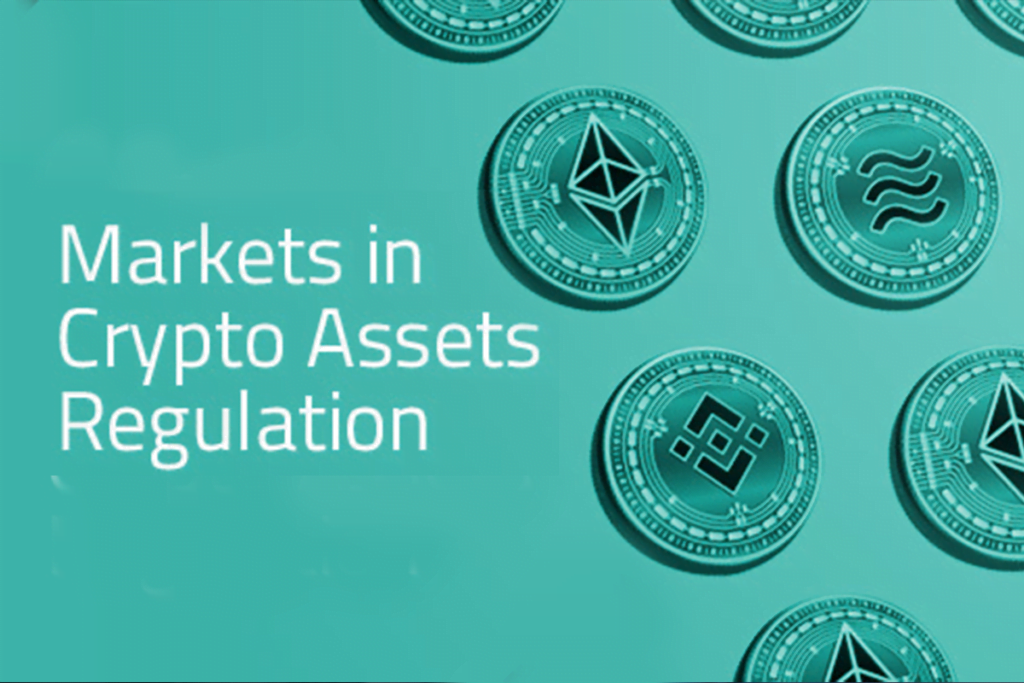MiCA is a regulation that will bring a whole new perspective to crypto. Essentially, MiCA aims to stabilize the financial stability of traders as well as protect investments. Not only that, MiCA crypto allows for innovation. Learn everything you need to know about the Markets in Crypto Assets (MiCA) regulation proposed by the European Commission as part of its digital finance strategy with the help of this article.
What is MiCA Crypto? Everything About Market in Crypto-Assets Regulation

EU legislation has a proposed regulation called Markets in Crypto-Assets (MiCA). It aims to simplify the regulation of virtual assets and distributed ledger technology (DLT) in the European Union (EU) while safeguarding investors and consumers.
The “Proposal for a Regulation of the European Parliament and of the Council on Markets in Crypto-assets, and amending Directive (EU) 2019/1937 COM/2020/593 final” is the full title of the proposal from September 24, 2020. A Digital Financial Package that includes MiCA aims to completely change the European economy over the next decades.
What is MiCA?
The Markets in Crypto-Assets Regulation (MiCA), which is expected to be a new EU regulation, might serve as a model for other countries looking to regulate activities linked to crypto assets. Transparency, disclosure, authorization, and oversight of crypto-asset service providers and issuers, as well as transactions, are some of the significant topics that MiCA is anticipated to address.
For the purpose of offering services involving crypto-assets, it will also be necessary to have a registered office in one of the EU Member States in addition to authorization received from the pertinent national responsible authorities. With the help of MiCA, the EU hopes to establish itself as a desirable location for crypto-asset service providers (CASPs) to conduct business while avoiding market manipulation and safeguarding customers from fraud, money laundering, terrorist funding, and other illegal activities.
Chronological Order for MiCA Crypto

Due to the growing public interest in cryptocurrencies in the EU, the foundation for MiCA was laid in 2018. MiCA was part of the digital finance package that the European Commission adopted in September 2020, which sparked in-depth talks among the preparatory organizations (the EU Council, the European Central Bank, and the Economic and Social Committee).
The European Commission has postponed its vote until February 2023 on whether to adopt the proposed MiCA regulatory framework for crypto assets within the European Union. By January 1st, 2024, MiCA regulation is anticipated to go into effect.
What Types of Crypto Assets does MiCA Support?

MiCA is generally intended to establish a regulatory framework for digital assets that make use of Digital Ledger Technology (DLT), with a few significant exceptions. Asset-referenced tokens (ART), electronic money tokens (EMT), and other crypto-assets not covered by current EU law are the three different categories of crypto-assets that are included here.
Anybody operating in the EU that offers crypto asset services or issues crypto assets must comply with MiCA once it is in place. Providers of crypto-asset services (CASPs) with more than 15 million customers will be regulated more strictly.
Non-Fungible Tokens (NFTs) are a type of digital asset that MiCA does not address. Because NFTs can exist in a variety of formats, including avatars, works of art, music, collectibles, and tickets, to mention a few, their regulatory regulation is complicated.
The MiCA will not apply to Central Bank Digital Currencies (CBDCs), as was already mentioned. As a result, although only three categories of crypto-assets will be covered by MiCA, as the sector develops and innovation picks up speed, loopholes in the legislation could start to occur.















1 Comment